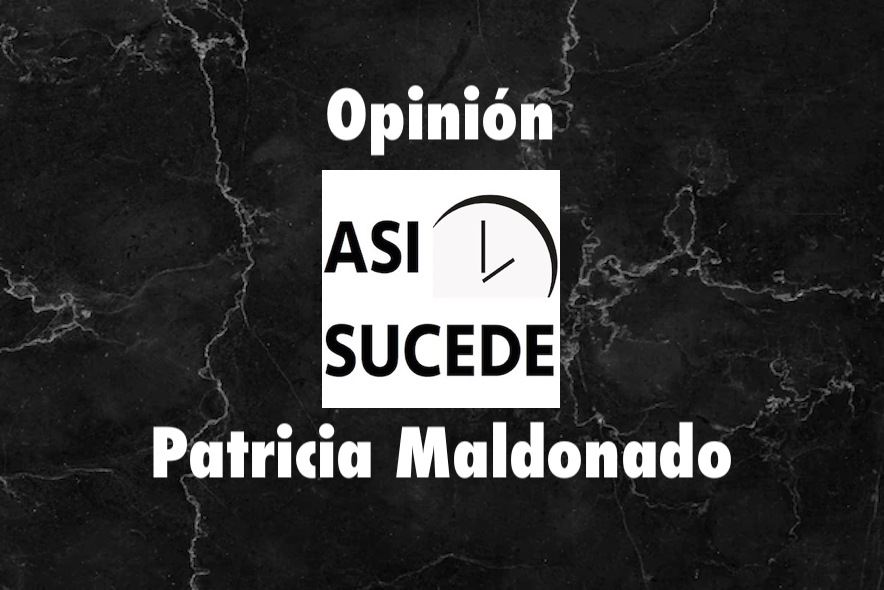Día Mundial contra el Daño Cerebral Adquirido

Es una costumbre entre los seres humanos que, al momento de una caída, lo que más nos preocupa es golpearnos la cabeza. Y esto no es para menos. A nivel médico existen dos tipos de daño cerebral, aquel con el que se nace, y el denominado daño cerebral adquirido que se refiere a traumatismos cuando la cabeza impacta con fuerza con un objeto, pudiendo ser el piso, a lesiones deportivas, accidentes laborales, agresiones violentas o, lo más habitual, accidentes de coches. Aunque también hay que decir que existe la lesión cerebral no traumática causada por una enfermedad, accidentes cerebro-vasculares o el abuso de sustancias.
Este jueves es el Día Mundial contra el Daño Cerebral Adquirido que puede tener consecuencias temporales o permanentes en una persona, causando alteraciones en su funcionamiento cognitivo, físico, emocional y conductual; para mayor conocimiento, problemas para caminar, quedarse quieto, sentarse, dificultades con la vista o el oído, tomar decisiones, comprensión, distraerse con facilidad, pérdida de juicio y confusión. Quienes están a cargo de tratar los daños cerebrales adquiridos son los neurólogos y el tratamiento depende de la lesión, los síntomas y la edad.
La forma de prevenir daños cerebrales adquiridos es mediante la adopción de medidas de seguridad en el trabajo, en las actividades que vamos a realizar, incluyendo las deportivas; eliminar objetos de nuestro entorno que puedan ocasionar tropezones, tener cuidado con los terrenos resbaladizo. Además, realizar actividad física regular, evitar el tabaquismo y el alcohol, el estrés, dormir y comer bien y tener un peso adecuado.




